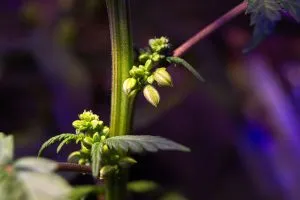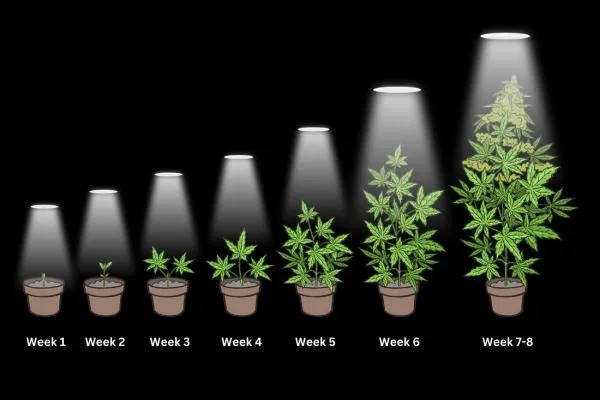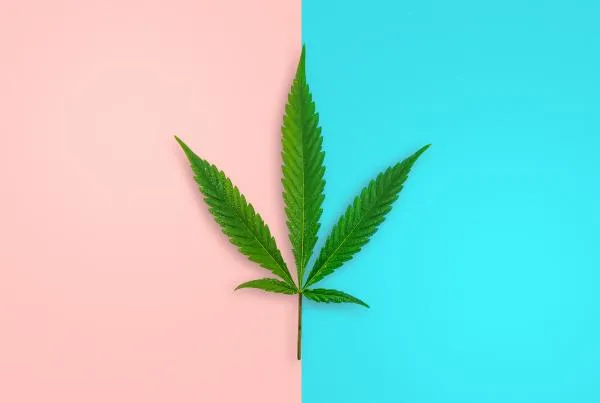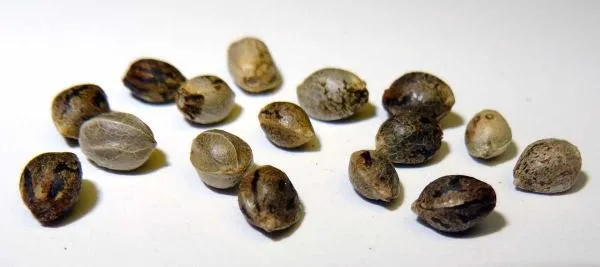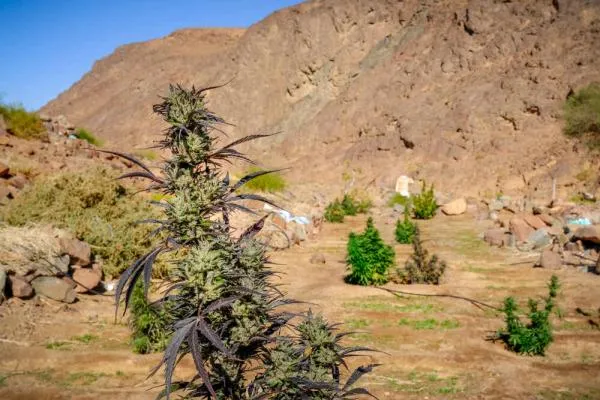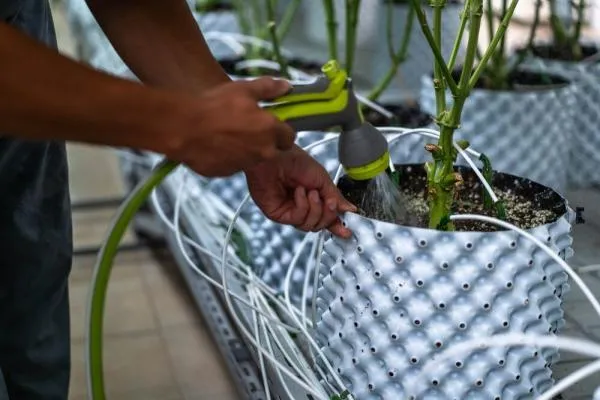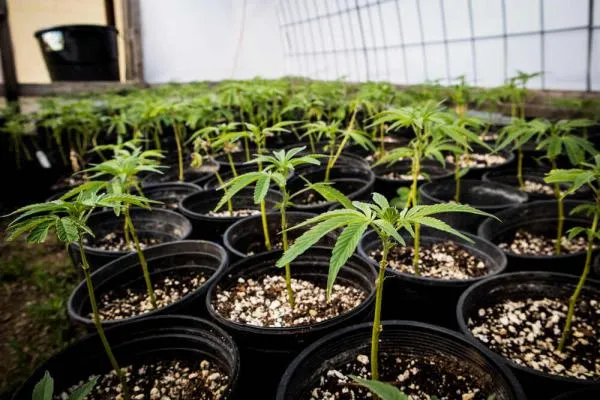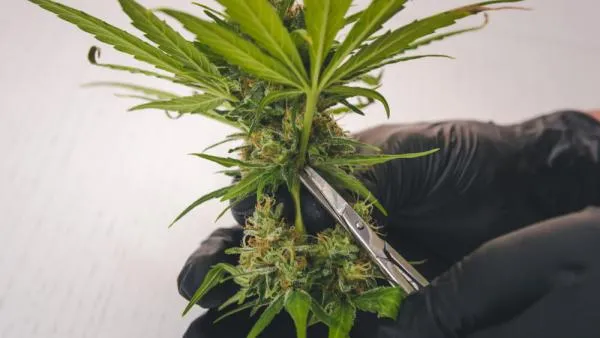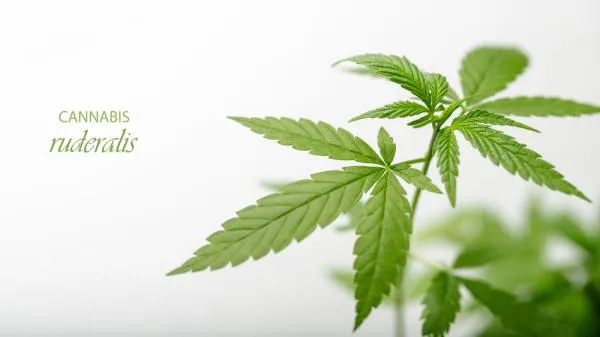If you’ve been researching cannabis online, you might have heard people talking about “hermies” and the frustration and problems they can cause. “Hermie” is convenient shorthand for “hermaphrodite marijuana plant”. All growers should be alert to the possibility that their plants may hermie and that they should take steps to prevent this, if possible. If not and due to genetics, then to take remedial action as soon as possible.
What exactly is a hermaphrodite marijuana plant?
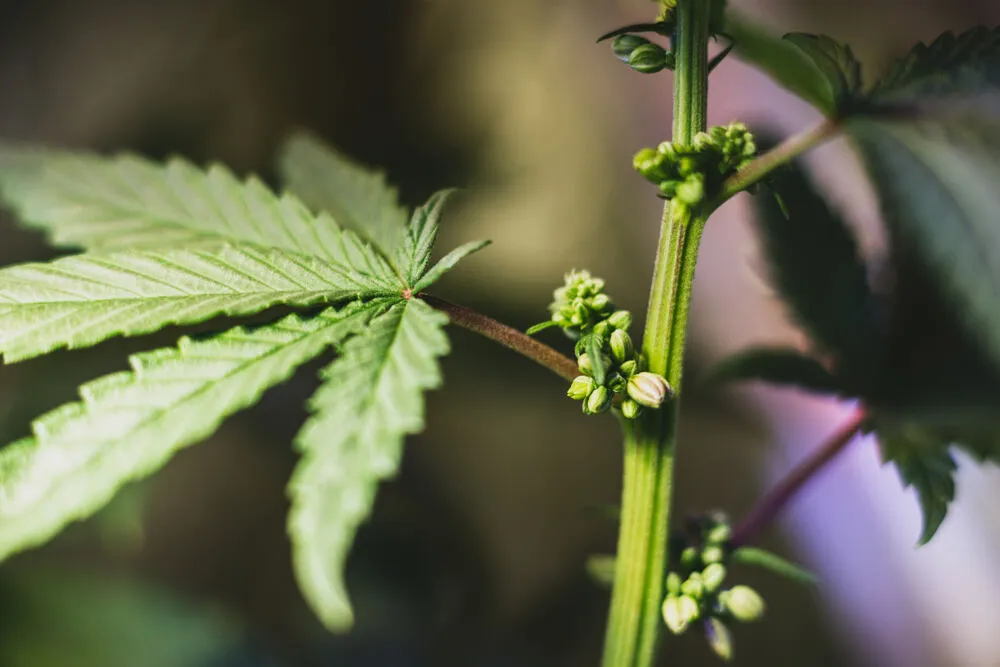
Gender might not be as obvious in plants as it is in the animal kingdom. But it very much exists and for the same reason. Female cannabis plants need the pollen from male cannabis plants in order to create seeds, to produce the next generation. Breeders, therefore, absolutely need male plants. But people who just want to grow their own medical marijuana, only want the female plants and the buds they grow.
That’s why growers who buy regular seeds have to be vigilant about identifying male plants and removing them as quickly as possible.
A hermaphrodite marijuana plant is a marijuana plant which has both male and female characteristics. The good news is that the female characteristics make it at least theoretically possible to collect bud. The bad news is that growers have to be hyper thorough about removing the pollen sacks produced, due to the male genetics. Otherwise there is a very strong probability that these will burst and pollinate the female part of the plant.
Why do marijuana plants hermie?
There are basically two reasons why you might end up with a hermaphrodite marijuana plant on your hands. These are genetics and stress.
Genetics
In simple terms, hermie parents have a very high likelihood of producing hermie children. This is yet another reason why you should only ever buy your marijuana seeds from a reputable supplier. You should also be aware that some strains are more susceptible to hermaphroditism than others, in particular Thai Sativas are quite notorious for it. These strains are best left to the more experienced.
Stress
In biological terms, hermaphroditism is actually a smart move. Basically it means that the plant ceases to be dependent on external pollinators and can pollinate itself. Of course, the trade off for this is that the plant does not get the benefit of fresh genetics. So marijuana plants only hermie when they feel under threat to the point where they don't think they can hold out for external pollination. Basically the fear of dying.
How to reduce the risk of your Marijuana plant becoming a hermie?
Your first line of defence against hermies is only buying your seeds from a reputable source. Your second line of defence is to give your precious marijuana plants a stress-free life. Here are some tips.
Understand your light cycles before you start your grow. In particular, avoid interrupting the dark periods once your lady has started to flower. Marijuana plants need their beauty sleep.
Keep the temperature at a reasonable level, if it's too hot, you run a distinct chance of ending up with a hermie. Remember your water temperature, you may love an ice-cold drink on a hot day, but marijuana plants definitely don't. If you think about it, in the wild, if temperatures are warm and water will be at least lukewarm too. So give your plants what they expect. Heat and Light stress are the two most common causes of a marijuana plant turning into a hermie.
Don't leave your plants gasping, but don't drown them either. There are lots of tips and tricks for judging how much water your marijuana plants need. Pick one which works for you and use it.
Similar comments apply to food. Big plants have big appetites but if you overdo it, you're liable to wind up with a hermie.
If you get any suspicion that your plants are under attack from insects, mites or diseases, then you need to act quickly but be careful what you use to tackle the problem. Don't swap one issue for another by using a product which is actually poisonous to plants.
Handle your plants gently. Do all your staking and pruning and plant training during the stretch period and keep a light hand. As soon as flowering starts, leave well alone.
Once your bud has matured, it's better to harvest it a bit too early than too late. This is because you may well just end up with seeds in your bud. Left too long female plants will make one last attempt to repopulate.
If all this sounds daunting, don't worry. Start with robust autoflowering strains which are very robust and forgiving of mistakes and then work your way up to the more challenging ones - if you want to, but the quality of beginner-level strains is so high these days, you might be quite happy just to stick with them
